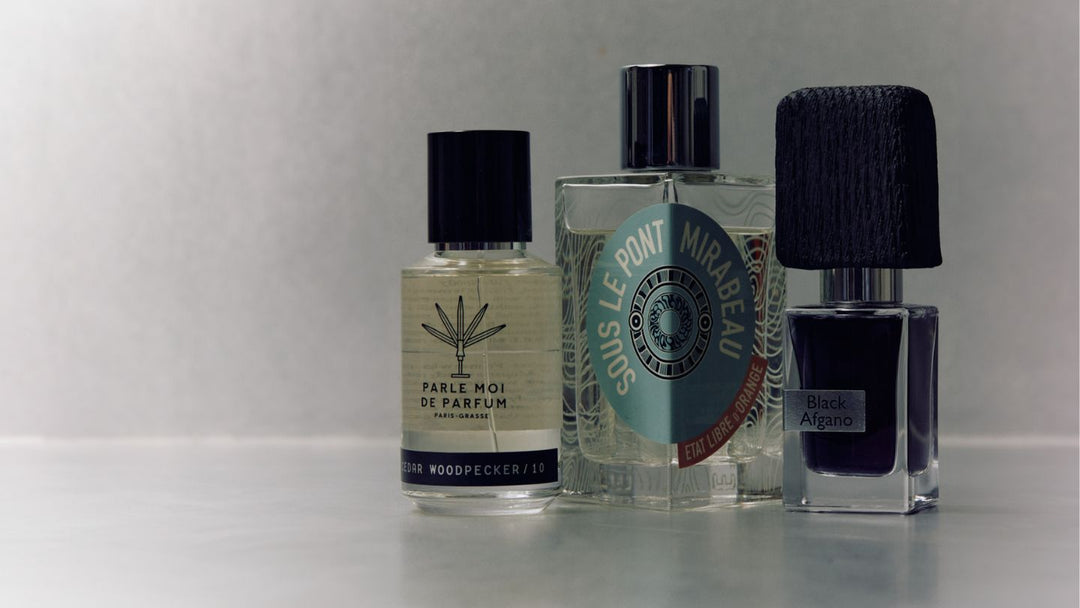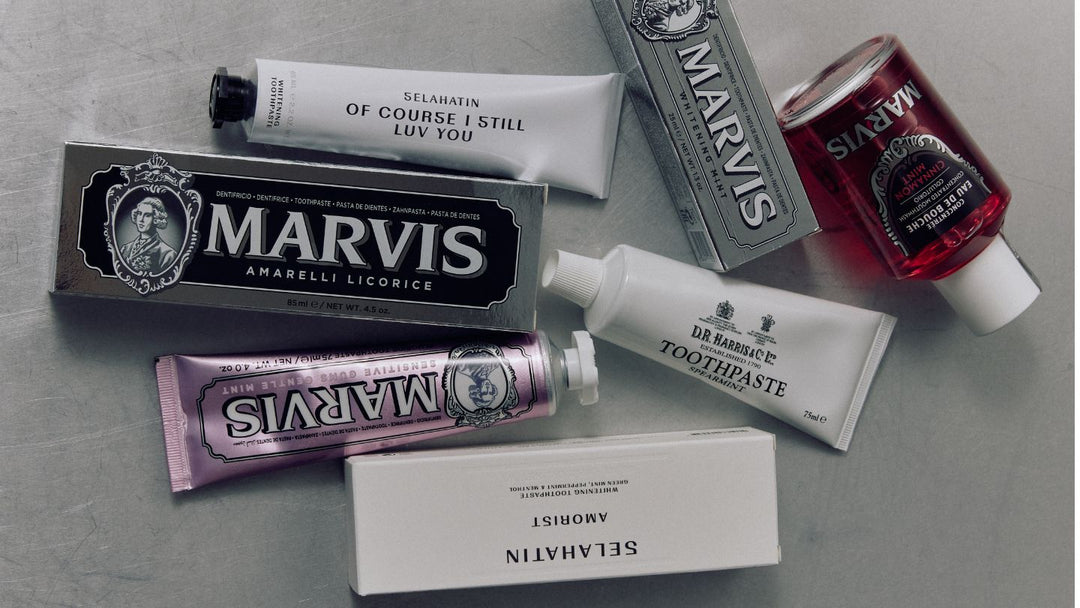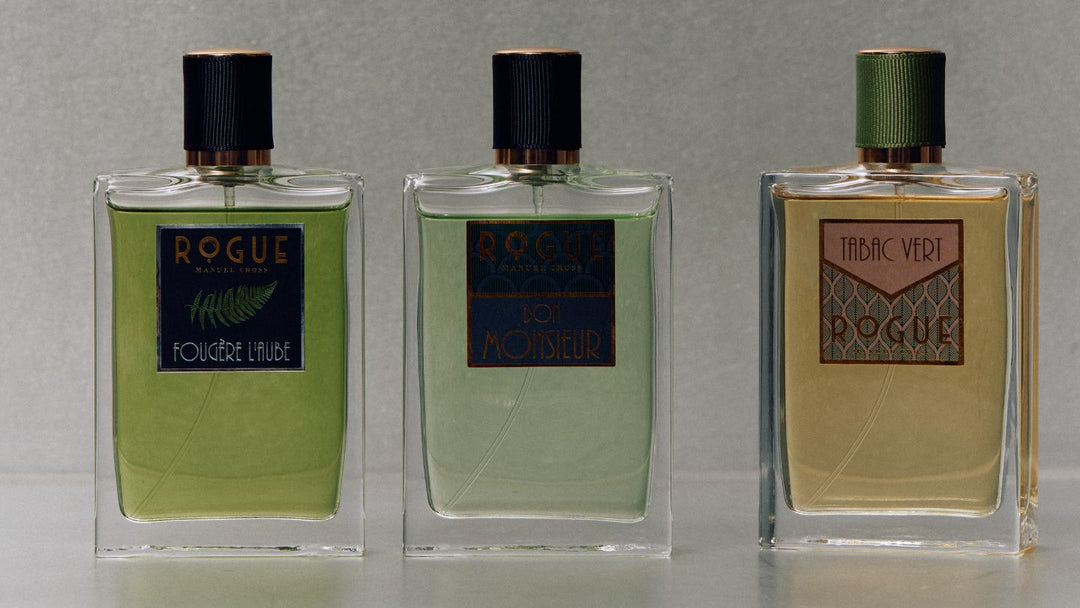Sunscreen FAQs: 'How Does Sunscreen Work?' and More
Sunscreen is highly regulated in a sun-drenched country like Australia … and for overwhelmingly good reason. Sunscreen saves lives, and it is important to understand how to use sunscreen correctly. From SPF ratings to its various formulations, this article explores the common questions surrounding sunscreen.

What does SPF mean?
SPF stands for Sun Protection Factor, and it is a measure of a sunscreen's ability to protect the skin from the harmful effects of ultraviolet (UV) radiation. UV radiation consists of UVA and UVB rays, which affect the skin differently. UVA penetrates deeply into the skin and contributes to the appearance of skin aging. UVB, on the other hand, have shorter wavelengths and thus affects the outer layer of the skin. They are responsible for causing sunburn and play a significant role in the development of skin cancer.
SPF is a numerical rating, which indicates how well sunscreen blocks against sunburn-causing UVB rays. An SPF with a factor higher than 15 offers >90% coverage, whilst an SPF50 product filters as much as 98% of harmful UVB rays! Because SPF does not offer a direct measure of UVA ray protection, look out for the term ‘broad-spectrum’ on the labelling.
Mineral or Chemical Sunscreen?
Whether a sunscreen is considered mineral or chemical depends on its primary active ingredient(s), which results in slight differences as to how they work and react to the skin.
Mineral (‘physical’) sunscreens tend to use either zinc oxide or titanium dioxide, which sit on the surface of the skin and form a physical reflective barrier that scatters UV rays. These tend to be more appropriate for sensitive-skin types, as they sit on the skin. This sunscreen type can be prone to ‘white cast’ or ‘ghosting’, which is the unsightly appearance of a white film across the skin by virtue of its physical quality. In order to avoid this, it is best to give the product adequate time to sit on the skin – about 20 minutes. Slop on sunscreen but do not slather it – consider patting, as opposed to rubbing, sunscreen for a uniform and streak-less application. For example, Standard Procedure's Moisturising Protection SPF15 is a physical sunscreen made up of zinc oxide.
On the other hand, chemical sunscreens are formulated with carbon-based compounds*, such as homosalate or octyl salicylate, which absorb UV rays and convert them into heat. Because these products can be formulated with compounds in smaller amounts without the loss of their efficacy, the resulting texture and feel is overall lightweight. For those with sensitive-skin concerns, it is best to spot test chemical sunscreens. Standard Procedure's SPF50+ is an example of a powerhouse chemical sunscreen.
*Of essential note, some chemical ingredients are not deemed ‘reef safe’, which, when dissolved in water-based ecosystems (the very ones we swim in), they become stressors which damage sensitive coral and other reef wildlife. Be mindful and lookout for products that are marketed as ‘reef safe’. For absolute piece of mind in this regard, opt for a mineral sunscreen.
When to Use Sunscreen?
As a rule-of-thumb: every day. But we admit that it’s more nuanced than this.
The Australian Cancer Council “recommends using sunscreen every day on days when the UV Index is forecast to be 3 or above”. This detail can be found out on any weather forecasting service. However, if you tend to work outdoors for extended periods, or near reflective surfaces, sunscreen is non-negotiable. And as part of a facial skincare routine, it is your final step, generally after moisturising.
How Long Does Sunscreen Last? When to Reapply? How Much to Apply?
When you wear sunscreen, chemical reactions take place on the skin which diminish the effects of harmful UV rays. But as one might imagine, sunscreen becomes less and less photostable with time, losing its reflective/absorptive capacity. Reapply according to the advice on the packaging of the product, and practice heightened diligence when actively out in the sun – such as playing sport, swimming, or days out in nature. Perspiration can cause sunscreen to come off, as does towel drying, so reapply often. Also note if the sunscreen is water-resistant (and for how long). Not all sunscreens are built equally!
How much? Generosity is essential, and we follow the Cancer Council’s advice once more: “when applying sunscreen, you need at least one teaspoon per limb, one for the front of the body, one for the back and one for the head. A full body application for an adult should be at least 35mL or seven teaspoons.”
Can You Tan With Sunscreen On?
The skin will tan as a result of prolonged UV(B) exposure because it produces darkening melanin – this is its response to injury caused by UV radiation. Whilst the extent of tanning is reduced, it is still possible to tan even with sunscreen applied. It's important to note that getting a tan, with or without sunscreen, still signifies skin damage.
Does Sunscreen Expire?
Yes. It is imperative that sunscreen is used within the range of its shelf-life, which is indicated at the back of the product - often with a clearly marked symbol. With time, the active ingredients in sunscreen can become less stable, reducing their ability to provide adequate protection against UV radiation. Never err, and if you are unsure, replace the sunscreen with a fresh one. Moreover, sunscreen is best stored in a cool, dry, and dark place – sunscreen stored in hot cars, whilst a good idea in the short term (and appropriate if it is rapidly used), is likely to degrade faster this way.
Does Sunscreen Block Vitamin D Production?
Technically, yes. When applied correctly, sunscreen can reduce the skin's ability to synthesise vitamin D from sunlight as a result of UVB exposure. But this need not worry anyone – and speaks to the need for moderation: most people can maintain sufficient vitamin D levels through a combination of limited sun exposure, a balanced diet, and, if necessary, vitamin D supplements. Only a few minutes of sun exposure is needed every day to ensure adequate vitamin D levels.
Is Sunscreen Safe to Use?
Current scientific evidence suggests that short and long-term use of sunscreen has no harmful effects, nor is it the case that nanoparticles are considered a danger to health. What is clear – and overarching – is that sunscreen helps prevent skin cancer.
Anything Else?
The sun does not discriminate – and exposed skin is exposed skin. Don’t neglect your lips, and recall that sunscreen is but a step of an otherwise total sun care regimen: stick to the shade, cover your skin with protective clothing, and wear sunglasses and a brimmed hat!
Men’s Biz embraces all forms of suncare and protection, and our range can be found here.
The information contained in this article was primarily sourced from the Australian Cancer Council, the leading authority on the topic of sun care and protection.





